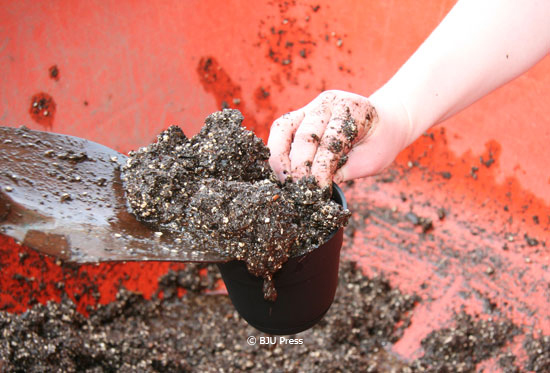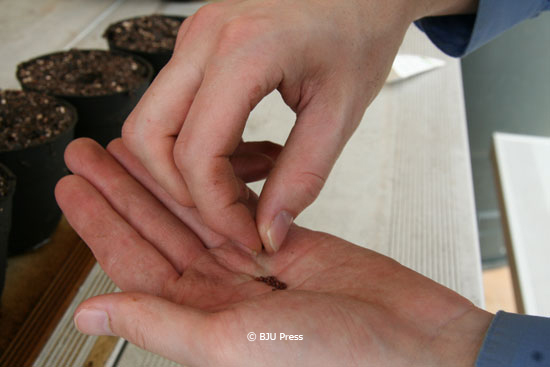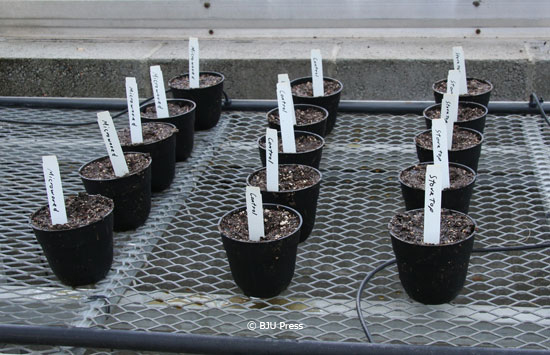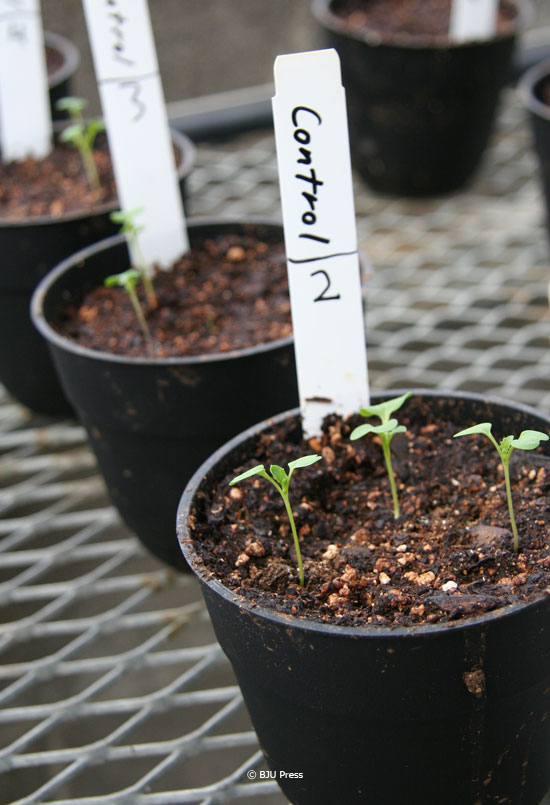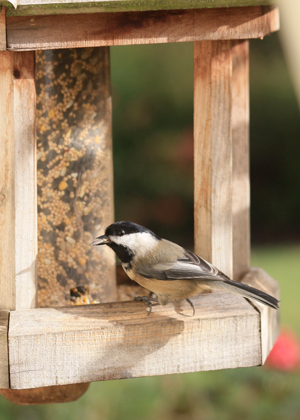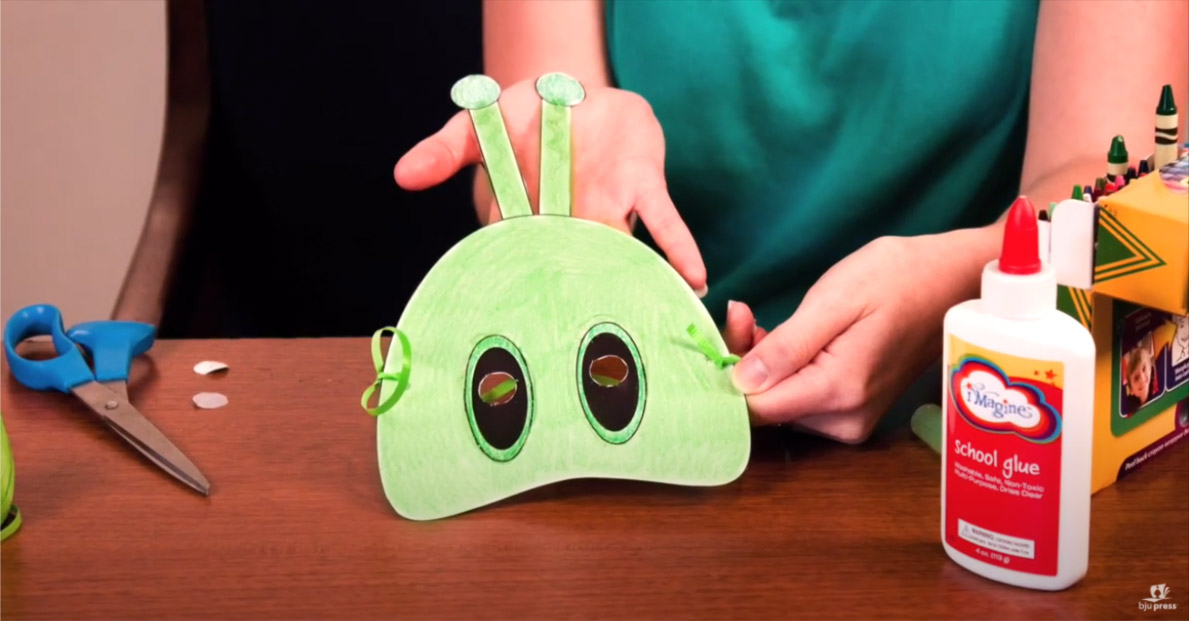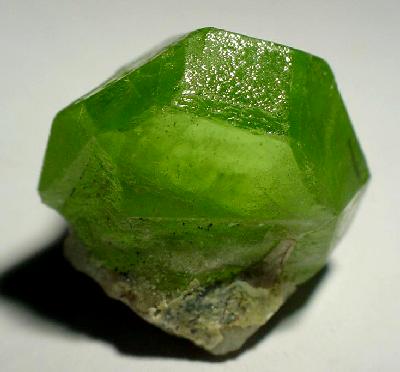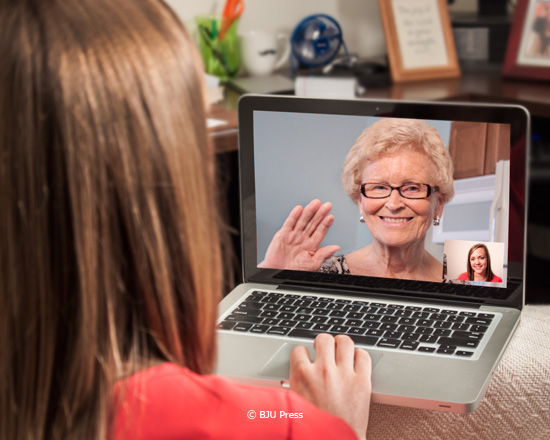
With Mother’s Day just around the corner, I don’t want to overlook a very important group of women. They’re called grandmothers. And every child, no matter how old, knows just how grand they are. In fact, grandmothers often have the ability to encourage, inspire, motivate, and instruct children in a way that their own mothers cannot. At least, that’s the role my grandmothers have played in my own life, especially during the years I was homeschooled.
Distance often kept me from seeing my grandmothers face-to-face, but that didn’t stop them from taking an active part in my education. Here are some of the ways they got involved.
Language Arts
Grandma knew written words could make people feel special, and when I had to practice letter writing, she became my pen pal. Her round, flowing script wasn’t always easy to read, but what she wrote told me that I had sent her something important.
Another favorite past time Grandma shared with me as a child was reading. She would often send me books that Mom would incorporate into my lessons. Some of my favorite stories were the ones we read out loud while seated on her high, comfy bed. Uncle Wiggily was and still is quite the character.
Other ideas: Kids love solving puzzles, so try asking your grandkids to help you solve the newspaper’s daily crossword puzzle. Playing a simple game of hangman can reinforce proper spelling. Or start a reading club with just the two of you and later expand it to include their cousins and friends.
Math
Most of my time with both grandmothers was not spent in a kitchen. But in recent years, I’ve had the opportunity to collect their special family recipes and cookbooks. Cooking and baking can be great ways to practice math fractions, especially since the hard work results in a tasty treat.
Other ideas: Counting games are another way to teach sums and times tables. They can be done around the house or while running errands. If you work from home or own a business, your grandkids could play “office” by calculating orders. This teaching moment might work best with a mature young person.
History
Grammie told me stories she remembered about our family heritage. When I had a family genealogy project in elementary school, she sat on the couch for hours telling stories. This trip down memory lane for her gave me a deeper understanding of our family and broader perspective on the society in which she grew up.
Grandma took day trips with me and Mom to historical sites. It became “the thing to do” every time we visited. We often explored places on Georgia’s Antebellum Trail as well as the home sites of famous authors.
Other ideas: Share your perspective on a historical event that has taken place during your lifetime. Introduce your grandkids to people of character that you’re related to or who come from your area. This teaching moment can be done by viewing pictures or art, reading newspaper clippings, and visiting different places.
Science
Every morning Grammie would check her blood sugar and prepare her insulin. That daily routine of hers greatly fascinated me as a young child. It also helped me realize that science has many different facets—even if I didn’t want to learn them!
Other ideas: Demonstrate a plant’s life cycle by asking your grandkids to help you plant flowers or do yardwork. Spend time stargazing on a clear night, and share how our wonderful God made this planet a special place for us to live.
My grandmothers were my favorite teachers because they made ordinary events extraordinary and mundane tasks exciting. They helped me to gain perspective on the past, present, and future. But most importantly they simply invited me to be a part of their lives.
To all grandmothers: Thank you for choosing to invest in the next generation. May God bless you this Mother’s Day!
